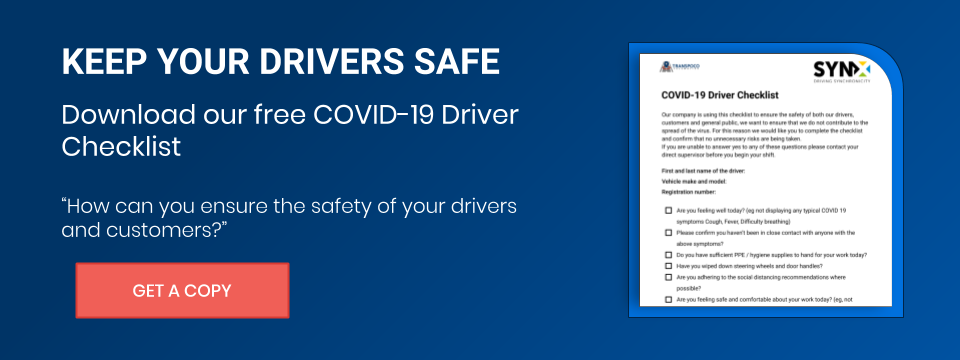It seems we are now approaching what is known as the "new normal" and companies of any kind, including those relying on driving, are thinking about how to keep their business profitable without compromising safety.
According to the Freight Transport Association Ireland, such new normality will not only require the application of new protocols for both fleets and drivers, but also more training in order to help workers and managers make wise decisions, to promote creativity and initiatives that will meet new demands originated by the pandemic and to keep tabs on safety and security to prevent COVID-19 related issues as well as avoidable collisions, breaches and penalties that might add up to the impact of the pandemic.
While the FTAI has lanuched a serie of COVID-19 guidelines and is promoting the Logistics Associate Apprenticeship, a programme that provides academic education and practical training across the freight, logistics, shipping and distribution industries, with the idea of setting up the perfect entry point into such sectors, research has suggested that, during lockdown, distracted and unsafe driving might have been on the rise.
If you are planning for any "Back to work with COVID-19" training, it might be no harm brushing up on other topics such as speeding: the RAC suggests 44% of people in the UK have seen more drivers speeding, probably because of the decreased traffic or as delivery terms might put drivers on extra pressure now that people rely more and more on e-commerce and home delivery than before. Drivers should not fall into the temptation of increasing their speed because roads are quiet or because of the situation.
If you need help to manage driver safety in these times and create a COVID-19-ready working environment for your drivers, you can contact us or download the COVID-19 driver checklist we created for you.




